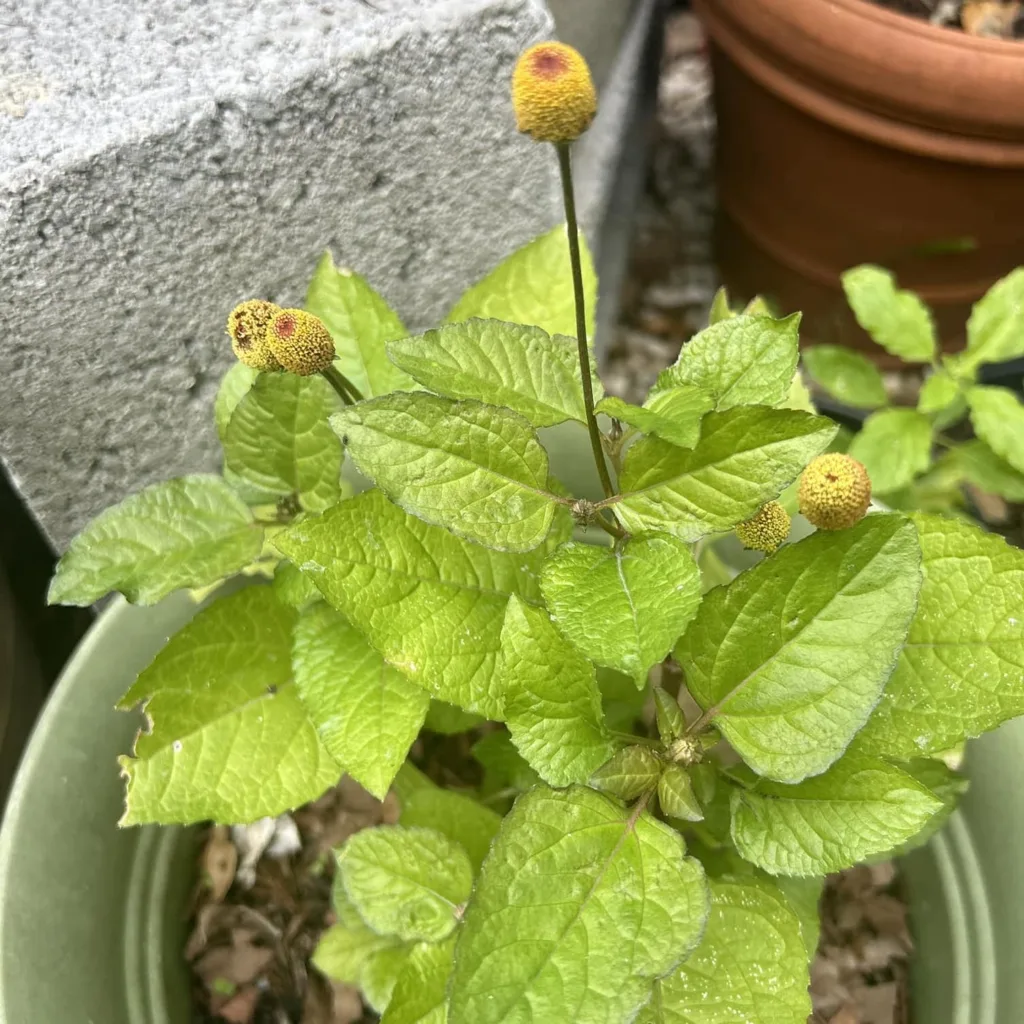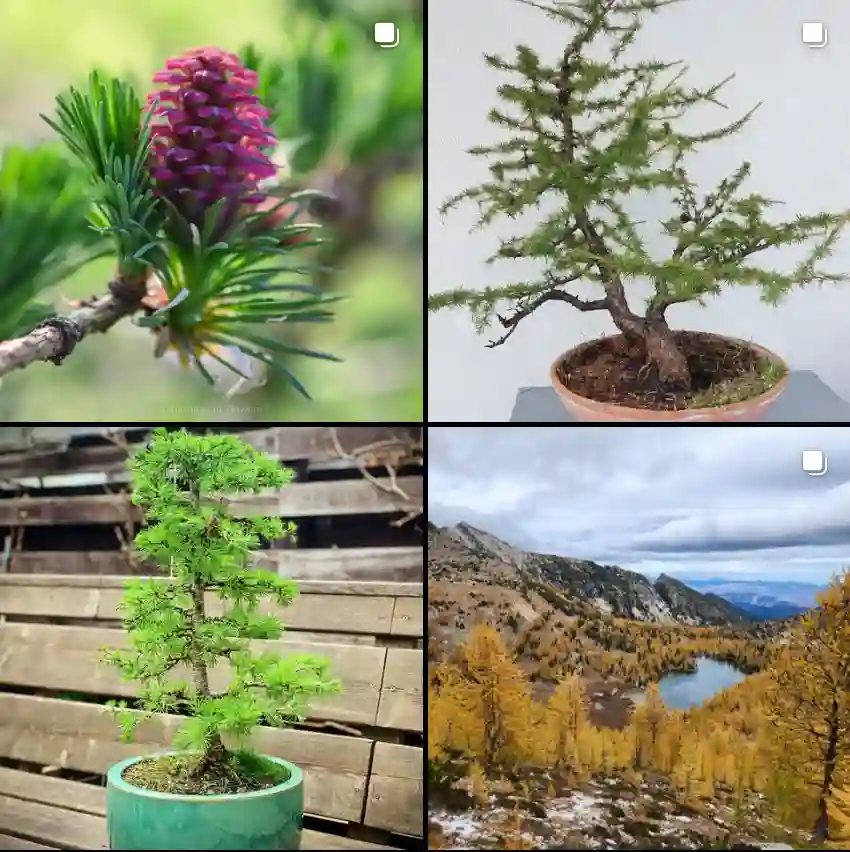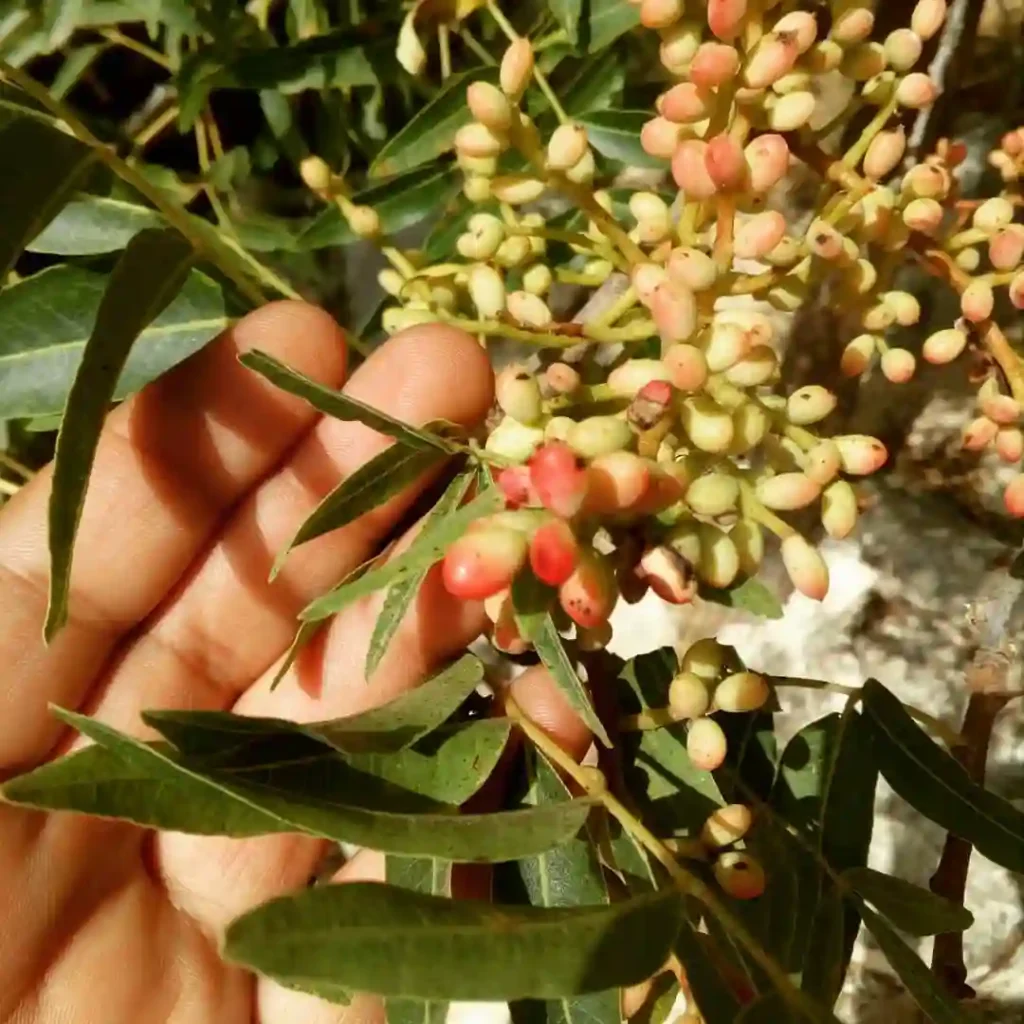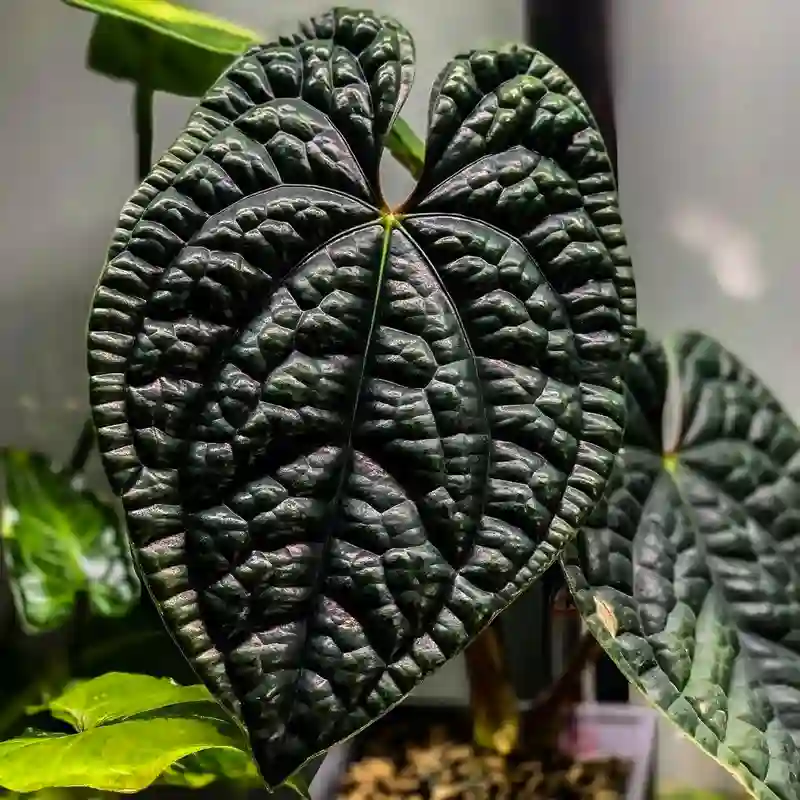Spathiphyllum Kochii: Your Guide to the Compact Peace Lily
Hello, plant enthusiasts! I’m Ferb Vu, and today we’re diving into the world of the Spathiphyllum kochii, also known as the Compact Peace Lily. This little charmer is a favorite among indoor gardeners for its elegant looks and easy-going nature.
Whether you’re a seasoned plant parent or just starting your botanical journey, this FAQ will equip you with everything you need to know about caring for your Spathiphyllum kochii.
59 Species in Genus Spathiphyllum
What is Spathiphyllum kochii?
Spathiphyllum kochii is a dwarf variety of the Peace Lily, belonging to the Araceae family. It boasts beautiful, glossy, deep green leaves that are narrower and more delicate than its larger counterparts. The star of the show, however, is the iconic white flower, more precisely a modified leaf called a spathe, that gracefully rises above the foliage.
This compact peace lily typically grows to a height of 12-18 inches, making it ideal for apartments, offices, or any space with limited square footage.
Spathiphyllum Kochii vs Spathiphyllum Floribundum
I haven’t had much experience with Spathiphyllum Kochii, but I find its smaller, more delicate leaves intriguing, creating a subtle contrast in my plant collection. Spathiphyllum Floribundum, on the other hand, has been a joy with its abundant white blooms that seem to last forever, adding a refreshing touch of elegance to my indoor garden.
How to Care for Spathiphyllum kochii?
Here’s the beauty of Spathiphyllum kochii: it’s incredibly low-maintenance. Here are some key things to keep in mind:
- Light: Your Spathiphyllum kochii prefers bright, indirect light. Avoid harsh, direct sunlight, which can scorch the leaves. It can tolerate low light conditions but might flower less frequently.
- Water: Peace lilies are known for their dramatic way of indicating thirst – they droop! Water your plant thoroughly when the top inch of soil feels dry to the touch. Avoid overwatering, as this can lead to root rot.
- Humidity: While Spathiphyllum kochii isn’t too fussy about humidity levels, it thrives in a moderately humid environment. You can mist the leaves occasionally or place your pot on a pebble tray filled with water.
- Temperature: Maintain room temperature between 65-80°F (18-27°C) for optimal growth. Protect your plant from sudden temperature drops or cold drafts.
- Soil: Use a well-draining, loose potting mix. Aroid mix or a combination of potting soil, perlite, and orchid bark works well.
- Fertilizer: During the growing season (spring and summer), a balanced liquid fertilizer diluted to half strength can be applied once a month. Skip fertilizing in the fall and winter.
How to Propagate Spathiphyllum kochii?
Sharing the beauty of your Spathiphyllum kochii is easy! Here’s how to propagate:
- Choose a healthy, mature Spathiphyllum kochii with multiple pups (baby plants) growing around the base.
- During repotting, carefully remove the mother plant from its pot and gently untangle the pups from the root ball. Use sterilized tools to separate the pups, ensuring each one has some roots attached.
- Repot each pup in a pot slightly larger than its root ball, using fresh potting mix. Water thoroughly and place it in a warm, humid location with indirect light.
- Care for your new Spathiphyllum kochii plants just like the mother plant.
What to Plant with Spathiphyllum kochii?
Spathiphyllum kochii’s compact size and neutral color scheme make it a versatile companion for various plants. Here are some ideas:
- Ferns: Ferns, like the Maidenhair Fern, share similar light and humidity preferences and add a lush, textured element.
- ZZ plant: The low-light tolerance of the ZZ plant makes it a perfect partner for Spathiphyllum kochii.
- Snake plant: Snake plants complement Spathiphyllum kochii’s elegant look with their upright, architectural form.
Remember to consider light and watering requirements when choosing companion plants.
Troubleshooting Spathiphyllum kochii Problems
- Brown leaf tips: This can be caused by underwatering, low humidity, or mineral build-up from tap water.
- Drooping leaves: Check the soil moisture. If dry, water thoroughly. Overwatering can also cause drooping, so ensure proper drainage.
- Lack of flowers: Insufficient light is a common culprit. Ensure your plant receives enough bright, indirect light.
By following these tips and addressing any issues promptly, you can keep your Spathiphyllum kochii thriving for years to come.
Conclusion
Spathiphyllum kochii is a delightful addition to any indoor space. Its air-purifying properties and elegant presence make it a popular choice. With its minimal needs and easy propagation, it’s a perfect plant for both beginners and experienced plant enthusiasts.
If i die, water my plants!



